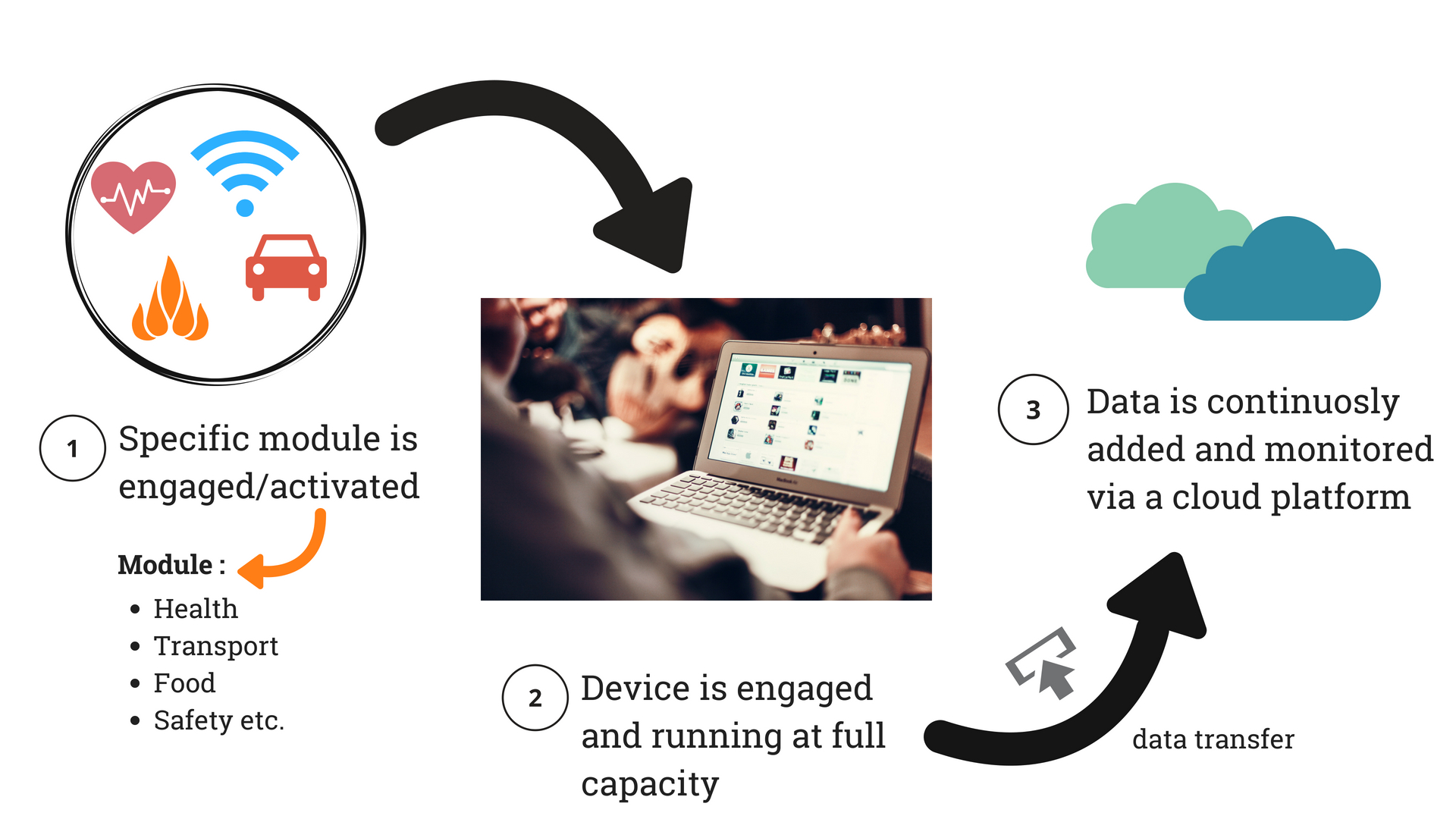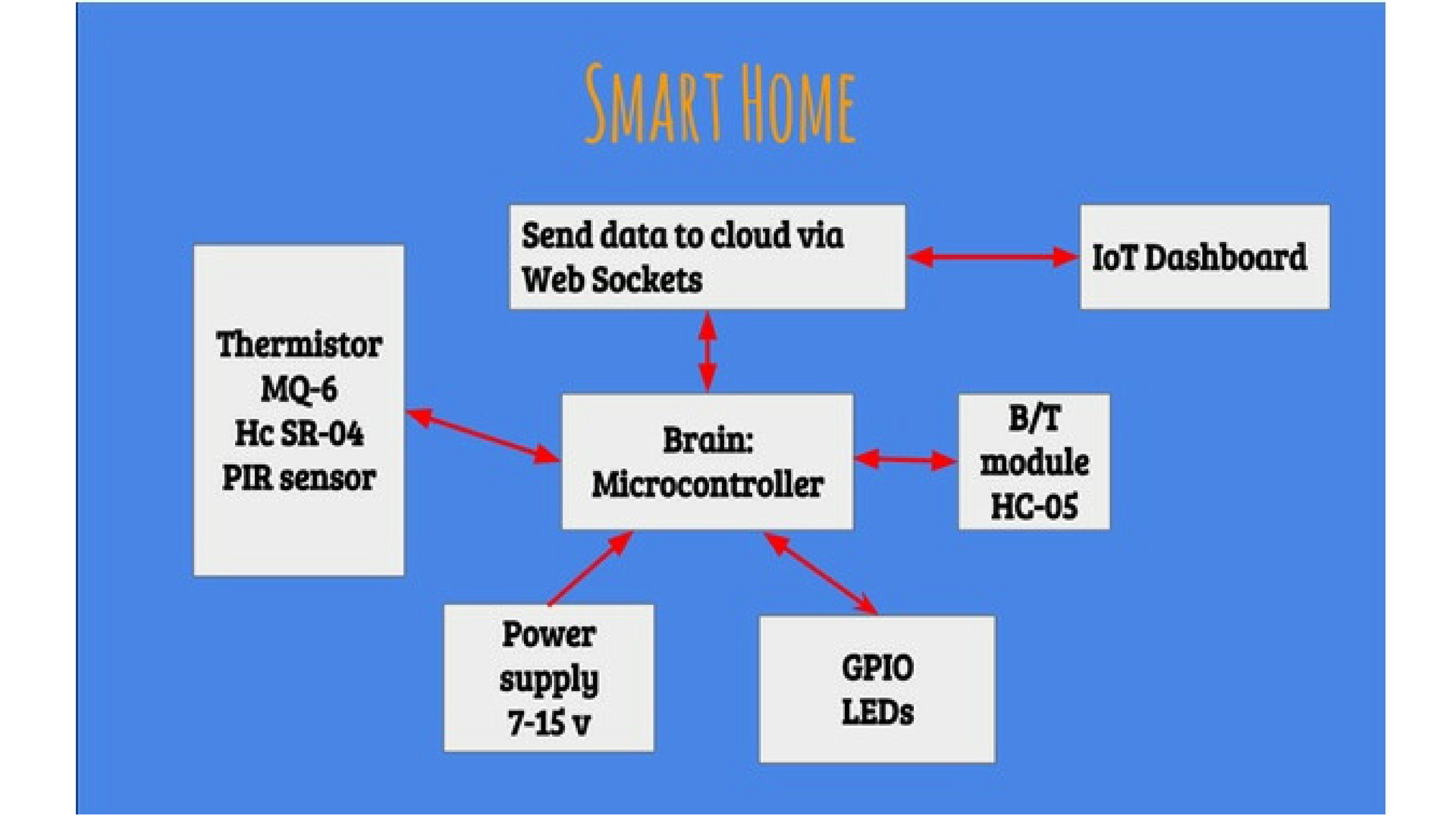Smart Home Powered By Internet of Things
Product Design to build on Smart Home capabilities
TL;DR
Back Story
As part of the BMSIT Electronics and Communications Dept mid-semester Project Expo, we were named in the Top 5 category amongst 30+ project groups.
We were evaluated by a panel of 10 judges with a guest judge being the Dean of the College.
Objective
A Smart Home is defined as a personal establishment which is equipped with ubiquitous technology which can be controlled via a smartphone or a computer.
Whenever a certain module is activated, the information will be transferred on a common cloud platform which can be later on accessed by certain individuals/organizations. For example, if an irregular heartbeat is identified, the subsequent data will be transferred to the nearest medical facility to assess the regularity of the data.
My Role
UX Designer, Arduino Developer, Electronics Engineer.
Project Team
Aarthik Rao, Kirthana Thomas, Jaswanth Samba, Sharan Hegde
Tools Used
Arduino Programing, Fritzing, PCB Board, Google Analytics
What I Learned
Design & Engineering
Existing Method
Smart home with IoT is still in the testing stage. Existing home automation systems are based on wired communication. Conventional home automation systems do not communicate with the cloud, thus lacking the ability to provide enhanced services .
Proposed Method
The project is implemented with the use of
Board
-
Intel Galileo Gen 2
Sensors
-
Thermister
-
MQ-6 gas sensor
-
HC SR-04 Distance sensor
-
PIR sensor
Others
-
Bluetooth HC-05
-
LEDs
Dashboard
-
Intel IoT Analytics Dashboard

Front-End Flow of Data

Back-End Flow of Data
Functionality
Working
-
Controls lights and appliances via GPIO and relay module through voice commands.
-
Turns Light ON automatically when user enters the room.
-
Notifications Via Serial Monitor.
-
Good night : The module switches off all lights and switches it back on when the user wakes up. In addition to this the water heater is switched on for 15 minutes.
-
Sense off : To stop human presence from toggling the lights
-
Uploads the Room temperature, Air quality, Dustbin levels to the cloud via web sockets.
Implementation
-
Every device that can be connected to internet has a MAC address.
-
The device is registered to the cloud services using this MAC address.
-
The Sensors are registered on the cloud account.
-
The device is then ready for uploading important sensor values.
-
The sensor values are sent in JSON format.
-
Only a considerable change in the sensor values should be uploaded in order to save bandwidth.
-
For privacy and safety data is encrypted.
Pros & Cons
Challenges Faced
-
Online support for the Intel Galileo was limited
-
Many libraries (eg., wire library), components (ds18b20) and shields that were compatible with Arduino Uno are not compatible with Galileo
-
The board uses YOCTO linux image, Hence installing e-speak was cumbersome.
-
One cannot login to a secured network with a Galileo since it does not have a browser. Thus a MAC exception has to be obtained before connecting the board to the internet via a secured network.
Conclusion
The designed system not only monitors the temperature, air quality, heath and trash system levels but also uploads it to the cloud using the internet. This will help in analysis of data. The system conserves energy by switching off appliances after a certain amount of time. This system also detects human presence and acts accordingly. Smart home has been proven to work satisfactorily under test conditions.
Many features like CCTV’s and entry level security can be implemented by expanding the above project. IoT systems can be implemented in military and commercial fields leading to synchronous monitoring of subjective parameters.
